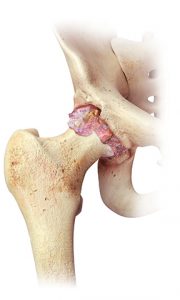
Hip Osteoarthritis | Degenerative Joint Disease
Hip Osteoarthritis (OA) is a type of joint disease that results from breakdown of joint cartilage and underlying bone. The most common symptoms are joint
The hip is the body’s second largest weight bearing joint (after the knee). It is a ball and socket joint at the juncture between the leg and the pelvis. The rounded head of the femur forms a ball that fits into the acetabulum / socket of the pelvis. Ligaments connect the ball to the socket and provide tremendous stability to the hip joint. The synovial lining inside of the capsule nourishes and lubricates the joint. The various muscles which attach to or cover the hip joint generates the hip’s movements.
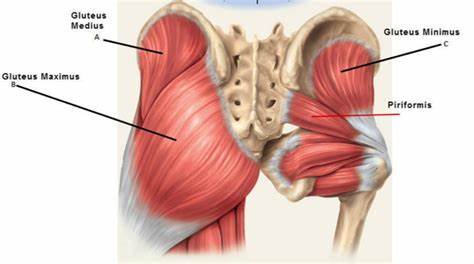

Hip Osteoarthritis (OA) is a type of joint disease that results from breakdown of joint cartilage and underlying bone. The most common symptoms are joint
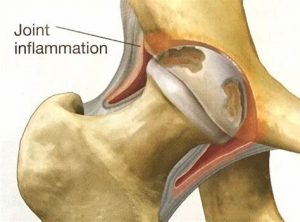
There are more than 100 different forms of arthritis, a disease that can make it difficult to do everyday activities because of joint pain and
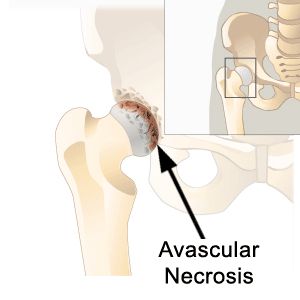
Avascular necrosis (AVN), also called osteonecrosis or bone infarction, is death of bone tissue due to interruption of the blood supply. Early on, there may
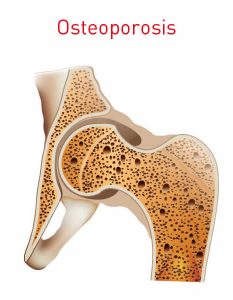
Osteoporosis of the hip is a disease in which bone weakening increases the risk of a broken bone. It is the most common reason for
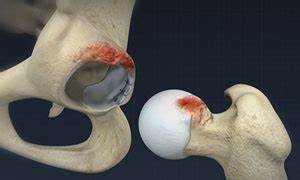
Femoroacetabular impingement (FAI) is a condition involving one or more anatomical abnormalities of the hip joint, which is a ball and socket joint. It is
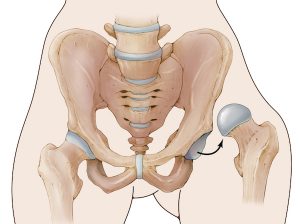
Hip Dislocation is a disruption of the joint between the femur and pelvis. It is when the head of the femur comes out of the
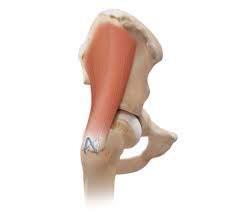
Abductor Tendinitis or hip abductor tendon tears are a well-recognized entity that results in progressive lateral hip pain, weakness, and limping. These can occur in

Hip tendonitis is a condition which results in inflammation, pain and degeneration in any of the tendons present in the hip area including groin, hip
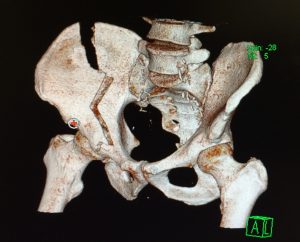
Hip fractures are breaks that occurs in the upper part of the femur (thigh bone). Symptoms may include pain around the hip, particularly with movement,
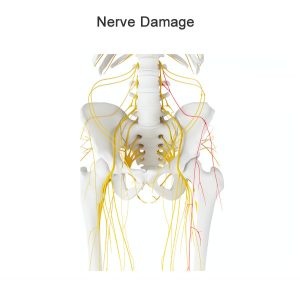
Nerve injuries (Mononeuropathies) of the hip: Iliohypogastric neuropathy Ilioinguinal neuropathy Genitofemoral neuropath Lateral femoral cutaneous neuropathy Obturator neuropathy Femoral neuropathy Sciatic neuropathy Superior gluteal neuropathy
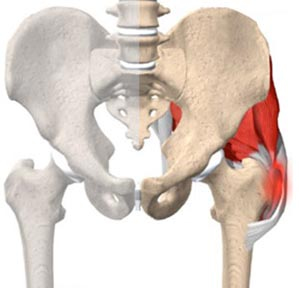
Bursitis of the hip is the inflammation of one or more bursae (fluid filled sacs) of synovial fluid in the body. They are lined with
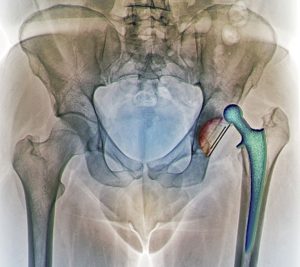
Prosthetic Hip Dislocation is among the most frequently seen complications of hip replacement surgery. Hip replacement dislocations occur in about 4% of first-time surgeries and
Subscribe to our newsletter
Monday: 8:00 am – 5:00 pm
Tuesday: 8:00 am – 4:00 pm
Wednesday: 8:00 am – 5:00 pm
Thursday: 8:00 am – 4:00 pm
Friday: 8:00 am – 2:00 pm
Saturday: Closed
Sunday: Closed

